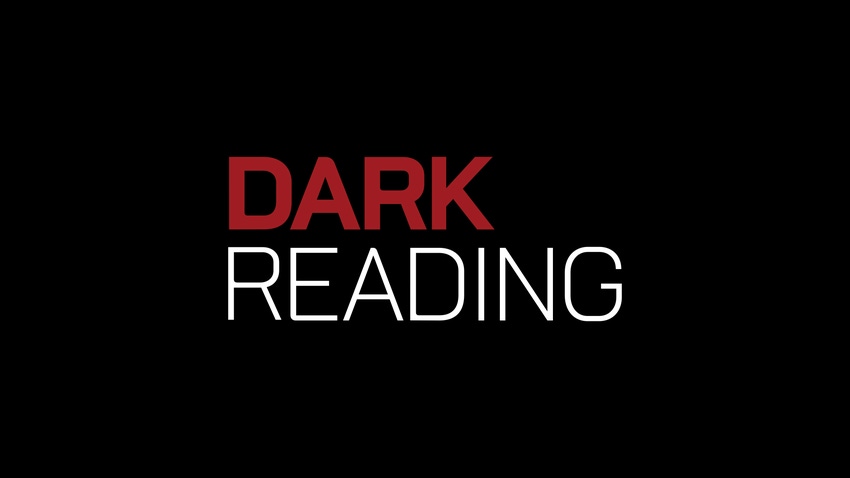Tiered storage no longer has the hype surrounding it that it did a few years ago. The concept was simple -- move data from expensive Fibre drives to inexpensive SATA drives. SATA drive technology was just coming into its own and the price and modest capacity made it a good fit for the concept. As a result, every storage manufacturer on the planet was proposing a tiered storage strategy. There were seminars, Webinars, white papers (guilty as charged, I wrote more than a few of them), yet only a f

Tiered storage no longer has the hype surrounding it that it did a few years ago. The concept was simple -- move data from expensive Fibre drives to inexpensive SATA drives. SATA drive technology was just coming into its own and the price and modest capacity made it a good fit for the concept. As a result, every storage manufacturer on the planet was proposing a tiered storage strategy. There were seminars, Webinars, white papers (guilty as charged, I wrote more than a few of them), yet only a fraction of accounts ever implemented the strategy.Why? Well, it was movement. Movement of data from Point A to Point B in the data center is always a challenge. It is a challenge for backups, it is a challenge for replication, and it is a challenge for ILM or archive strategies. Over the last few weeks I've written about several types of data movement strategies, but none are as simple to implement as block-level tiered storage.
While my term for it isn't as catchy as 3PAR's Nearline for Online or Compellent's data progression, the concept is to have the storage system monitor data at a block level and be able to set policies based on the block itself, typically on the block's age. Basically, if a block of data hasn't been accessed in the last 90 days, move it from expensive Fibre Channel disk to SATA disk. There are two key advantages of this method compared with traditional data movement techniques.
First, block-level tiered storage can operate on almost any type of data. Traditional archiving is focused on file level data, and while there are a few database archive utilities available, they're not in widespread use. Second, the use can be expanded beyond just a simple move from Fibre to ATA. It could be a move from a mirrored Fibre 15k RAID group to a standard RAID 5 group made up with 10k Fibre drives and then eventually to ATA.
Block-level tiered storage works across all platforms connected to the array, with no additional agents to install on those servers, no crawl or file system walks like discussed in previous entries, no worries about upgrades to the OS breaking your data movement application. Essentially, you activate the capability to define your policies and then it just works.
While not a replacement for an archive strategy, this is possibly one of the more practical methods to implement tiered storage. Archiving is going to require understanding the file as a whole, setting retention strategies around that file, possible control modification based on the type of file, and also having the ability to search the content of that file. That said, block-level tiered storage is a cost-effective way to manage the active or near-active data set.
George Crump is founder of Storage Switzerland, an analyst firm focused on the virtualization and storage marketplaces. It provides strategic consulting and analysis to storage users, suppliers, and integrators. An industry veteran of more than 25 years, Crump has held engineering and sales positions at various IT industry manufacturers and integrators. Prior to Storage Switzerland, he was CTO at one of the nation's largest integrators.
About the Author(s)
You May Also Like
Securing Code in the Age of AI
April 24, 2024Beyond Spam Filters and Firewalls: Preventing Business Email Compromises in the Modern Enterprise
April 30, 2024Key Findings from the State of AppSec Report 2024
May 7, 2024Is AI Identifying Threats to Your Network?
May 14, 2024Where and Why Threat Intelligence Makes Sense for Your Enterprise Security Strategy
May 15, 2024
Black Hat USA - August 3-8 - Learn More
August 3, 2024Cybersecurity's Hottest New Technologies: What You Need To Know
March 21, 2024




